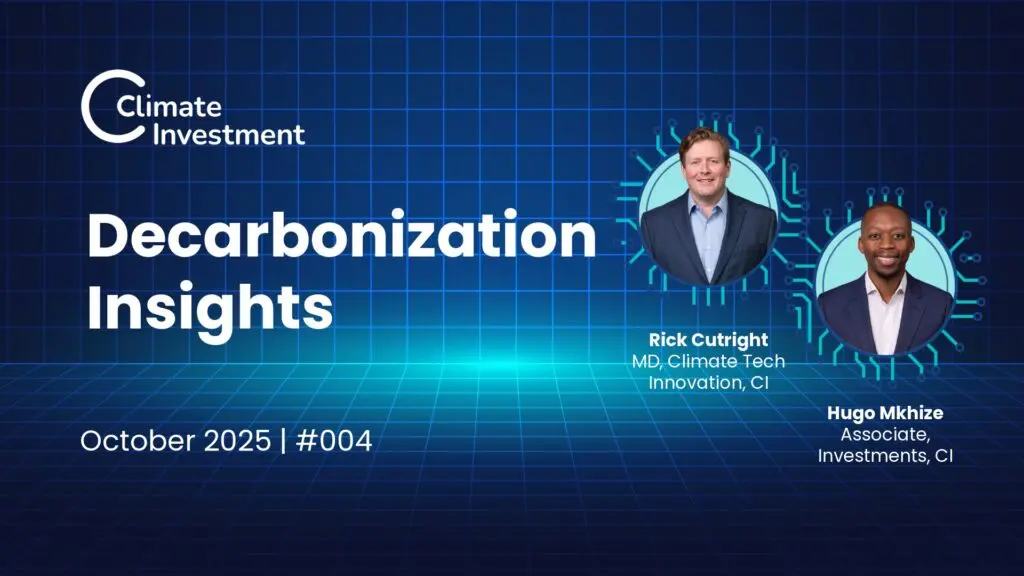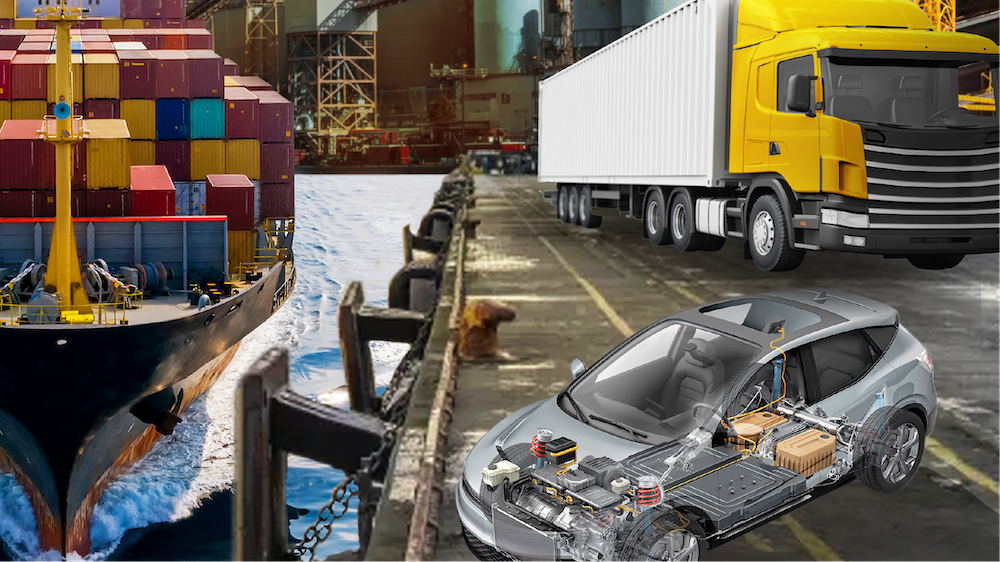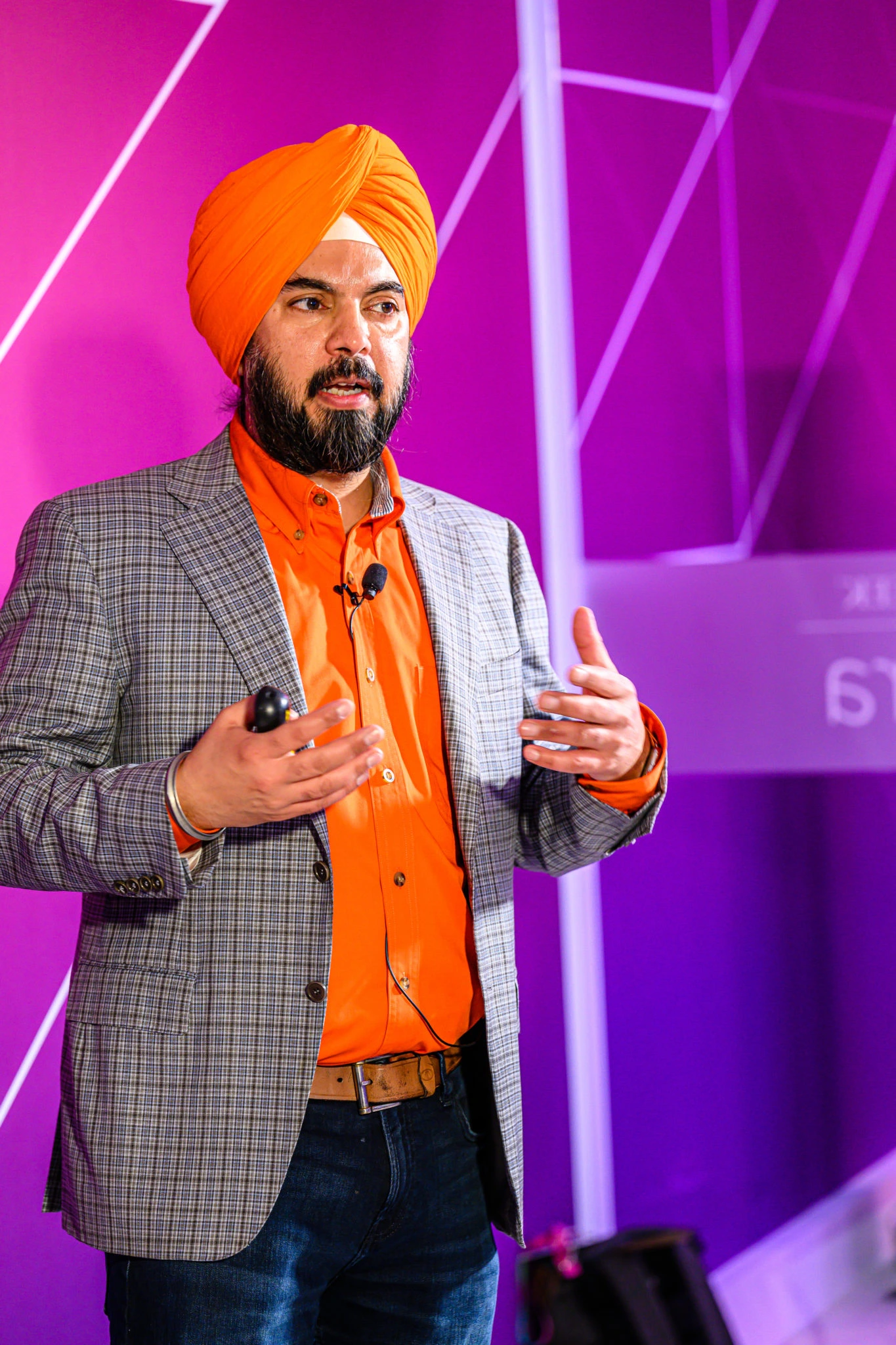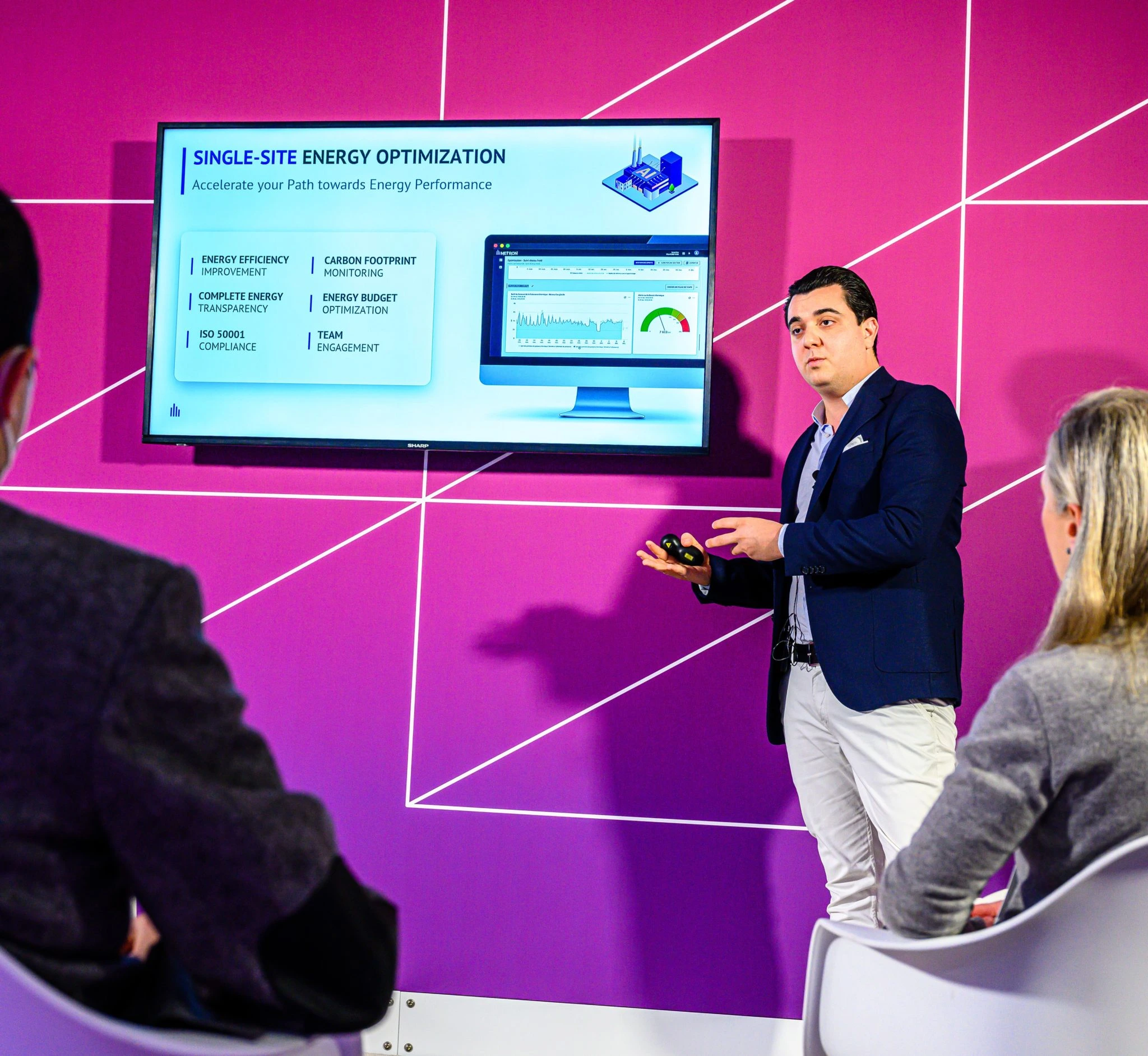

This is the second article of our series on carbon dioxide (CO2) reduction. In the first article, we discussed the scale of the global challenge and our priorities as a specialized decarbonization investor and provided examples of the technologies our portfolio companies are delivering to reduce emissions impact today in high-emitting sectors. In this second article, we look at how we work intensively alongside our investments to accelerate their impact and commercial success.

Most credible, cited models to achieve global climate objectives, including the IEA’s pathway to net-zero emissions by 2050, state that the world needs to use virtually every available and future technology for a chance of staying on 1.5°C or 2°C trajectories. But where should investors put their money in the fight to reduce CO2 emissions?
When we at OGCI Climate Investment look at investment opportunities, we consider first the magnitude of the potential impact of the technology or project for the market sector, and then we home in on the planned impact – meaning the metrics around GHG avoidance or reduction – of the potential investment in 2030. We also look at the fit with our strategy, and the potential of the financial and commercial opportunity. And then we really challenge ourselves from a commercial value-creation perspective: what value can we bring to this opportunity beyond just our capital?
Our model and mandate are to deliver the greatest impact through our investments to decarbonize some of the most challenging sectors, which, as things stand, are not prioritized by other investors. And our approach focuses on what else we can do as an organization to help a company accelerate its growth trajectory.
When we started out five years ago, we surveyed the overall landscape of emissions across the globe and identified where the biggest opportunities are in terms of each particular market and sector.
When, we looked at where we think we can have the biggest impact, where there has been a market failure, or where hasn’t been enough capital available for those sectors, and drive our investment into those areas. We sit in a unique position in the investor landscape, as we offer longitudinal investment, operational and commercialization experience across the energy and industrial sectors. And we also benefit – as do our investees – from our relationships with our OGCI member companies. These can be invaluable to early-stage technologies to prove-out their business models and refine their product or service.
For example, many oil and gas firms are engaged in construction either because they’re building plants or new retail service stations, thus using cement and steel. Our portfolio companies Solidia Technologies and Converge, covered in other articles of the series, contribute to the decarbonization of the construction industry, while Boston Metal aims to decarbonize the steel manufacturing by replacing the coal used in blast furnaces with clean electricity utilized in an electrolytic process.

We are cutting down the overall amount of emissions from commercial buildings and making them more comfortable for occupants
Deepinder Singh, 75f CEO
Most corporations also have buildings, which means there’s scope to apply the technology of our portfolio company 75F in them. Commercial buildings are the fourth-largest emitter of greenhouse gases worldwide, and 75F is making them smarter with its technology, helping reduce CO2 emissions.
“We are cutting down the overall amount of emissions from commercial buildings, thanks to lower energy use from heating, cooling or ventilating, but at the same, we are making buildings more comfortable for occupants with better indoor air quality,” 75F CEO Deepinder Singh says. “We do this is by placing Internet-of-Things (IoT) based sensors and controllers throughout a building, and then using our machine learning algorithms to optimize the space.” The equipment that 75F controls within the building has the potential to save up to half of the energy costs, alongside 80% labor savings, he adds. The company has completed pilots with OGCI member companies.
OGCI Climate Investment is one of the few investors with a dedicated technology team. This team possesses deep technical and operational expertise, and we can leverage that to address technical or situational scale-up challenges. We are often invited to provide our portfolio companies with supplementary technical support to help them solve some of their challenges. That might be in technology scale-up, or around intellectual property (IP) management, an area where we have applicable experience to support their navigation of the IP landscape to ensure a strongly defendable position for their technologies.
This is one example. There are a number of other ways that we help our portfolio companies.
Our first and primary focus is on what impact a potential portfolio company could have. We don’t take a purely financial decision to invest – it is impact led, with commercial viability equally important, but the impact has to be identifiable and significant for us to proceed to deeper due diligence. Returns potential is key, though: no company can achieve impact at scale if it is not commercially successful. Our portfolio company METRON is focused on driving energy efficiency for big companies, and part of the value OGCI Climate Investment can add there is help METRON expand into other industrial verticals.
METRON’s solution is highly efficient, as it provides a single platform overview across a customer’s multiple industrial facilities, enabling customers to see what’s going on across its processes in each facility. Danone, a global food and beverages group, adopted METRON’s digital intelligence platform at one of its factories in 2016. Since then, it has deployed it at dozens its sites, and METRON is in the process of deploying the solution at the rest of Danone’s 200+ factories around the world, from New Zealand to Mexico. The solution has helped Danone achieve up to 15% of energy savings using its existing data. “In order to scale, we need the kind of support that OGCI CI is providing,” METRON CEO Vincent Sciandra says. “We need to be able to access the C-level of different companies, and OGCI CI is helping on that front with its member companies, while also having a team inside OGCI CI helping us access those decision makers in order to accelerate the path to deployment.”
But Sciandra also speaks to the challenge his company has experienced on its journey to today. “It was like preaching in a desert nine years ago when we started. But over the last few years, adoption has changed: customers need to understand the emissions and energy consumption impacts within their factories and facilities. Companies are looking for transparency and they interact with their peers to see what others are doing. It’s a visible evolution.” And today METRON is deployed in over 100 industrial groups across 25 countries. An example of the possible, in action.

We need to access the C-level of different companies, and OGCI Climate Investment is helping on that front with its member companies.
Vincent Sciandra, METRON CEO
In the third article of the series, we discuss the diversity of the sectors we are investing in to deliver most impact.
Some of the technologies referenced in this series are trademarked by the company in question. All rights reserved.


